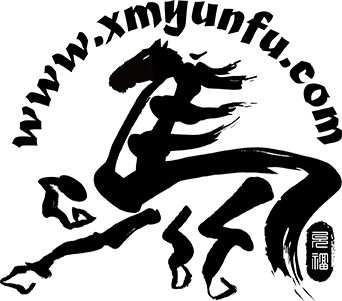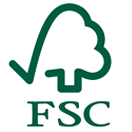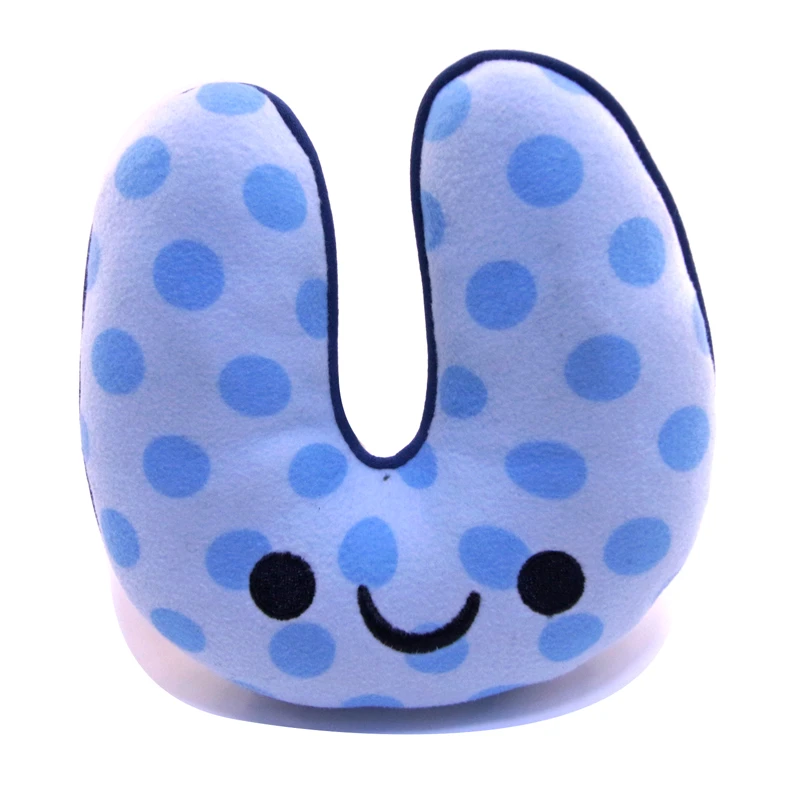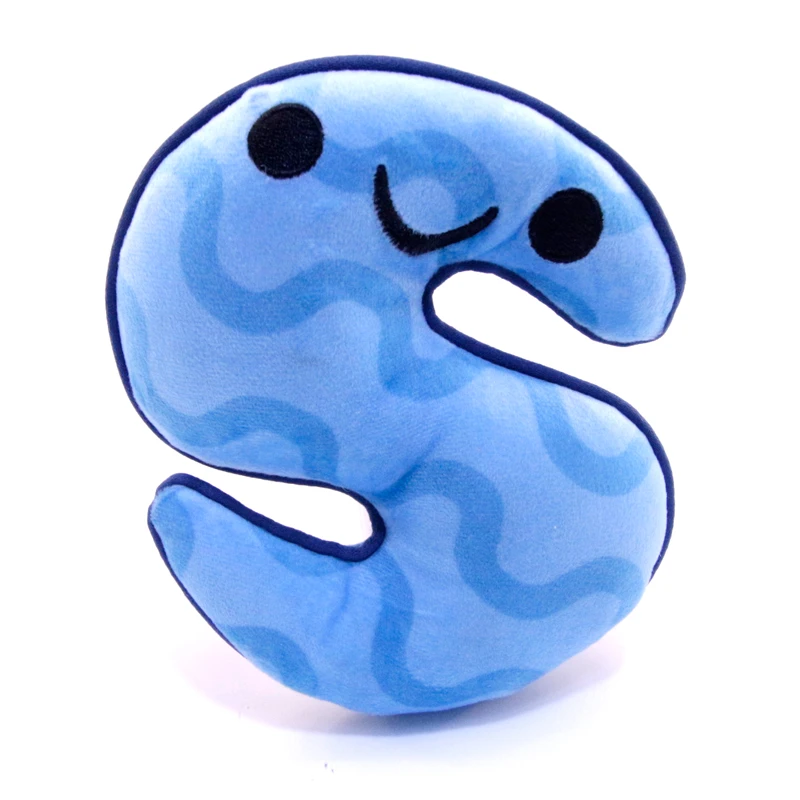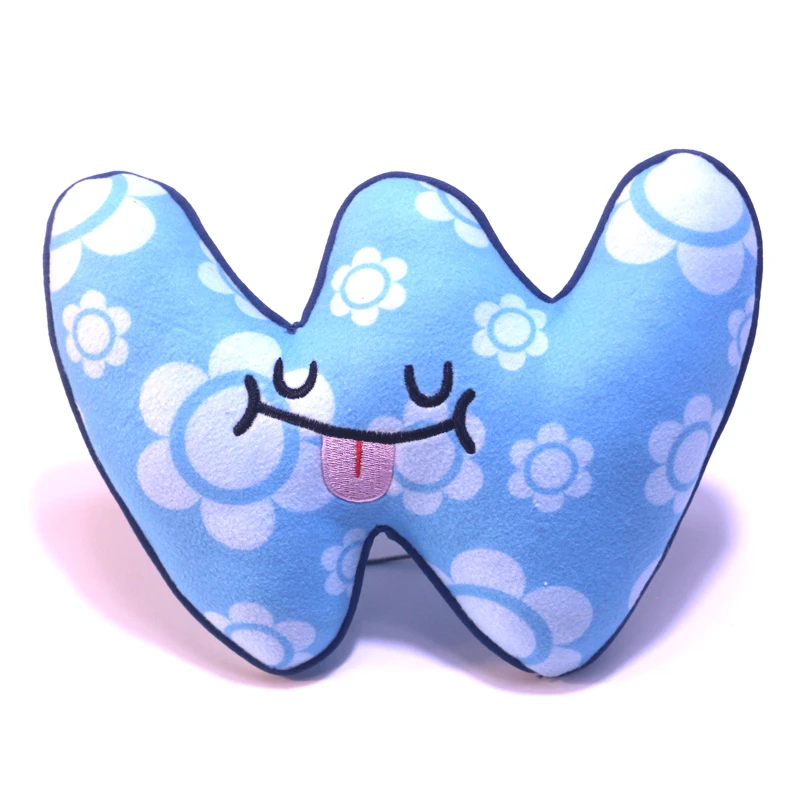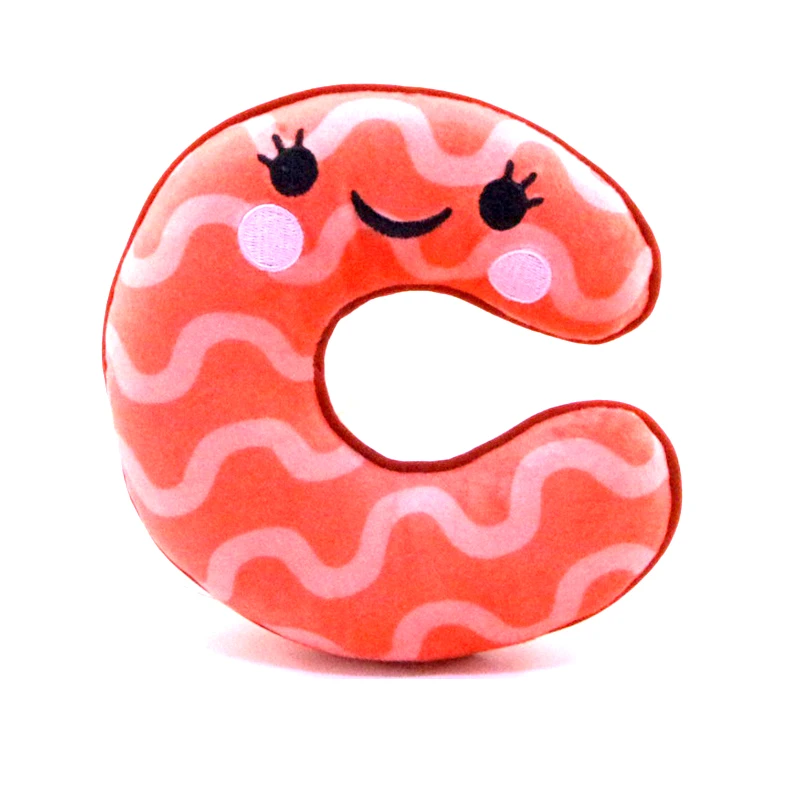All Categories
New Product
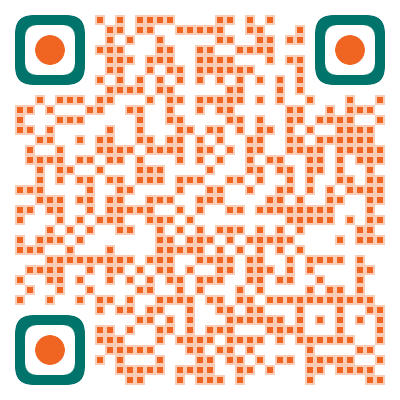
扫一扫
手机访问更方便!
Knowledge of clothing accessories
- Categories:News Center
- Author:
- Origin:
- Time of issue:2022-05-13 14:32
- Views:
(Summary description)In our daily life, we are no stranger to buttons, zippers, trademarks and webbing, but when asked about clothing accessories? I believe many people will be vague when this question is asked.
Knowledge of clothing accessories
(Summary description)In our daily life, we are no stranger to buttons, zippers, trademarks and webbing, but when asked about clothing accessories? I believe many people will be vague when this question is asked.
- Categories:News Center
- Author:
- Origin:
- Time of issue:2022-05-13 14:32
- Views:
In our daily life, we are no stranger to buttons, zippers, trademarks and webbing, but when asked about clothing accessories? I believe many people will be vague when this question is asked.
Generally speaking, clothing accessories include: zippers, buttons, webbing, shoulder pads, lace, interlining, lining, hangers, hang tags, accessories, moldings, markings, hooks, furs, trademarks, cords, fillers, plastic accessories, Metal accessories, hot drilling, packing boxes, bags, printed bar code rhinestones, hot maps and other related items.
According to the role of clothing accessories in clothing, it can also be roughly divided into: lining, lining, filling, padding, trademarks, belts, sewing threads, fastening materials, and packaging materials.
Clothing accessories can be roughly divided into seven categories according to their uses:
1. Lining material; 2. Lining material; 3. Filling material; 4. Line and belt material; 5. Fastening material; 6. Decorative material; 7. Other.
The following is to organize the specific content for you one by one:
1. Garment Lining Lining is the material used in clothing clips, mainly cotton fabrics, regenerated fiber fabrics, synthetic fiber fabrics, polyester-cotton blended fabrics, polyester taffeta, acetate and viscose blended fabrics, silk Fabrics and rayon fabrics. The main test indicators of the lining are shrinkage rate and color fastness. For clothing products containing velvet filling materials, the lining should be made of fine or coated fabrics to prevent depilation. At present, the most used lining silk is chemical fiber as the main material.
Things to pay attention to when choosing clothing linings:
1. The performance of the lining should be compatible with the performance of the fabric. The performance here refers to shrinkage, heat resistance, washing resistance, strength, thickness, weight, etc. Different linings have different performance characteristics.
2. The color of the lining should be coordinated with the fabric. In general, the color of the lining should not be darker than the fabric.
3. The lining should be smooth, durable, anti-pilling, and have good color fastness.
2. Garment lining The lining includes two kinds of lining and lining. Interlining is mainly used for clothing collars, cuffs, pockets, culottes waist, hem and suit chest and other parts, generally containing hot melt adhesive coating, usually called adhesive lining. According to the difference of the base fabric, the adhesive interlining is divided into woven interlining and non-woven interlining. The woven backing cloth is woven or knitted, and the non-woven backing cloth is pressed from chemical fibers. The quality of the adhesive interlining is directly related to the quality of the garments. Therefore, when purchasing a fusible interlining, not only the appearance is required, but also whether the parameter performance of the interlining is consistent with the quality requirements of the garment. For example: the heat shrinkage rate of the interlining should be as consistent as possible with the heat shrinkage rate of the fabric; it must have good sewability and tailorability; it must be able to firmly bond with the fabric at a lower temperature; it is necessary to avoid the front of the fabric after high temperature pressing. Adhesive; strong and durable adhesion, anti-aging and anti-washing. The pads include shoulder pads for tops, chest pads, and hip pads for bottoms, etc. The texture is thick and soft, and generally does not apply glue. When choosing clothing linings, you should pay attention to:
1. The lining should match the properties of the garment fabric. Including the color of the lining, unit weight, thickness, drape, etc. Heavy fabrics such as flannel should use thick linings, while thin fabrics such as silk fabrics should use soft silk linings, and knitted fabrics should use elastic knitted (warp knitting) linings; the padding color of light-colored fabrics should not be dark; polyester The fabric should not be lined with cotton.
2. The gusset should match the function of the different parts of the garment. Stiff linings are mostly used for the collar and waist, and thicker linings are used for the chest lining of outerwear; flat-feeling linings are generally used for the waist of culottes and the cuffs of clothing; stiff and elastic linings Should be used for a neat and crisp look.
3. The lining should match the service life of the garment. For garments that need to be washed, washable linings should be selected, and the dimensional stability of the linings should be considered for washing and ironing; padding materials, such as shoulder pads, should consider the ability to retain shape to ensure that they will not deform within a certain period of use.
4. The lining should match the equipment used for garment production. Professional and supporting processing equipment can give full play to the auxiliary modeling characteristics of cushion materials. Therefore, when purchasing materials, combined with the working parameters of bonding and processing equipment, targeted selection can play a multiplier effect with half the effort.
3. Clothing filler Clothing filler is a material that is placed between the fabric and the lining to keep warm. According to the form of filling, it can be divided into two types: flocculent and material.
1. Flocculent: no fixed shape, loose filling material, lining must be added when ready-to-wear (some need to be lined), and quilted by machine or by hand. The main varieties are cotton, silk wool, camel hair and down, which are used for warmth and insulation.
2. Materials: synthetic fibers or other synthetic materials are processed into flat thermal insulation fillers, such as vinyl, polyester, acrylic cotton, hollow cotton and smooth plastic. Its advantages are uniform thickness, easy processing, crisp shape, mildew resistance and no moth-eaten, and easy to wash.
The following is a brief introduction to the thermal flakes:
①Hot-melt flakes: It is a kind of flakes processed by hot-melt bonding process. It is not allowed to have holes, and the compressive elastic modulus must reach 85.0%.
②Sprayed cotton flakes: It is made of polyester staple fiber as the main raw material, which is carded into a web, and sprayed with a liquid adhesive on the web and then heated.
③ Metal-coated composite flakes: fiber flakes and metal coatings are used as the main raw materials, which are processed by compounding, commonly known as space cotton, aerospace cotton, metal cotton, etc.
④Wool-type composite thermal insulation material: a multi-layer composite structural material with fiber batt layer as the main body and the main purpose of filling and warming.
⑤Far-infrared cotton composite flakes: This is a newly developed multi-functional high-tech product, which has antibacterial and deodorizing effects and certain health care functions.
4. Wire and belt materials
1. Thread materials mainly refer to thread materials such as sewing thread and various cord and tape materials. Sewing thread plays a role in sewing pieces of clothing, connecting various parts, and can also play a certain role in decoration and beautification. Whether it is an open thread or a dark thread, it is an integral part of the overall style of the clothing. The most commonly used sewing threads are 60s/3 and 40s/2 polyester threads, and the most commonly used embroidery threads are rayon and silk threads. Craft decorative thread is also an important part of thread materials. Craft decorative threads can be roughly divided into three categories: embroidery threads, braided threads and inlaid threads. Commonly used in clothing, bedding, furniture fabrics, interior supplies, restaurant supplies, etc. In addition, there is a kind of craft decoration thread, which is made for a special need, called special thread. It has unique properties, has a relatively small scope of use and relatively high production costs, and is usually named after its use.
2. Belt materials are mainly composed of decorative belts, practical belts, industrial belts and protective belts. Decorative belts can be divided into: elastic belts, rib belts, hat wall belts, rayon ribbons, ribbons, piping belts and placket belts; practical belts are made of nylon buckle belts, pants belts, backpack belts, water bottles Belts, etc.; industrial belts are composed of fire belts, electric power belts and automobile sealing belts; body protection belts mainly refer to hair ties, shoulder and waist and knee pads. When choosing clothing threads, pay attention to: 1. The color and lustre should be consistent with the fabric. Except for the decorative lines, similar colors should be used as far as possible, and they should be darker than lighter. 2. The shrinkage of the sewing thread should be the same as that of the fabric, so that the sewing thread will not wrinkle due to excessive shrinkage after washing.
3. The thickness of the sewing thread should be suitable for the thickness and style of the fabric. 4. The material of the sewing thread should be close to the material properties of the fabric. The color fastness, elasticity and heat resistance of the thread should be suitable for the fabric. Especially for garment dyed products, the sewing thread must have the same fiber composition as the fabric (except for special requirements). 5. Fastening materials Fastening materials mainly play the role of connection, combination and decoration in clothing, including buttons, zippers, hooks, loops and nylon buckles and other types. The following principles should be followed when choosing fastening materials: 1. The type of clothing should be considered. For example, the fastening materials for infants and children's clothing should be simple and safe, and nylon zippers or buckles are generally used; men's clothing should be heavy and spacious, and women's clothing should be decorative.
2. The design and style of clothing should be considered, and the material for fastening should be fashionable to achieve the unity of decoration and function.
3. The use and function of the clothing should be considered. For example, the fastening materials of windbreakers and swimming clothing should be waterproof and durable, and plastic products should be used. The fasteners of women's underwear should be small and thin, light and firm, and the zipper of the trousers placket and the back of the skirt must be self-locking.
4. The maintenance method of clothing should be considered. For example, when washing clothing frequently, use less or no metal materials.
5. Consider clothing materials, such as heavy and fluffy fabrics, use large fastening materials, and fabrics with loose structures should not use hooks, loops and loops. 6. The placement position and the opening form of the clothing should be considered. For example, if the clothing is fastened without a door, it is not appropriate to use buttons. 6. Decorative materials There are many kinds of lace, and lace is also an indispensable part of decorative materials. It is an important decorative material for women's clothing and children's clothing, including woven lace and hand-made lace. Woven lace is further divided into three categories: woven lace, embroidered lace and woven lace; handmade lace includes cloth lace, yarn lace, woven lace, hand-hooked cotton thread lace, hand-hooked cotton thread small clothes and other women's clothing accessories. Clothing lace pays attention to aesthetics, durability and washability. When choosing and applying lace, it is necessary to weigh the three characteristics of lace decoration, wearability and durability, and choose according to different needs.
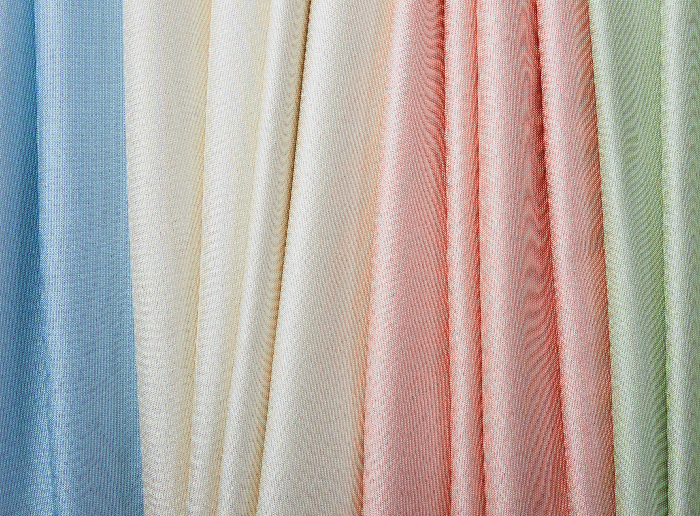
Scan the QR code to read on your phone
TEL&WeChat:+86-13395050288
Email: sales@xmyunfu.com
Tiktok:@pet.bona
Alibaba shop:xmyunfu.en.alibaba.com
ADD: 3 Floor, 5th Building, Huli Industrial park, Meixi Road, Xike Town, TongAn District, Xiamen, China
Xiamen Yunfu industrial and trading Co.,Ltd. ©
